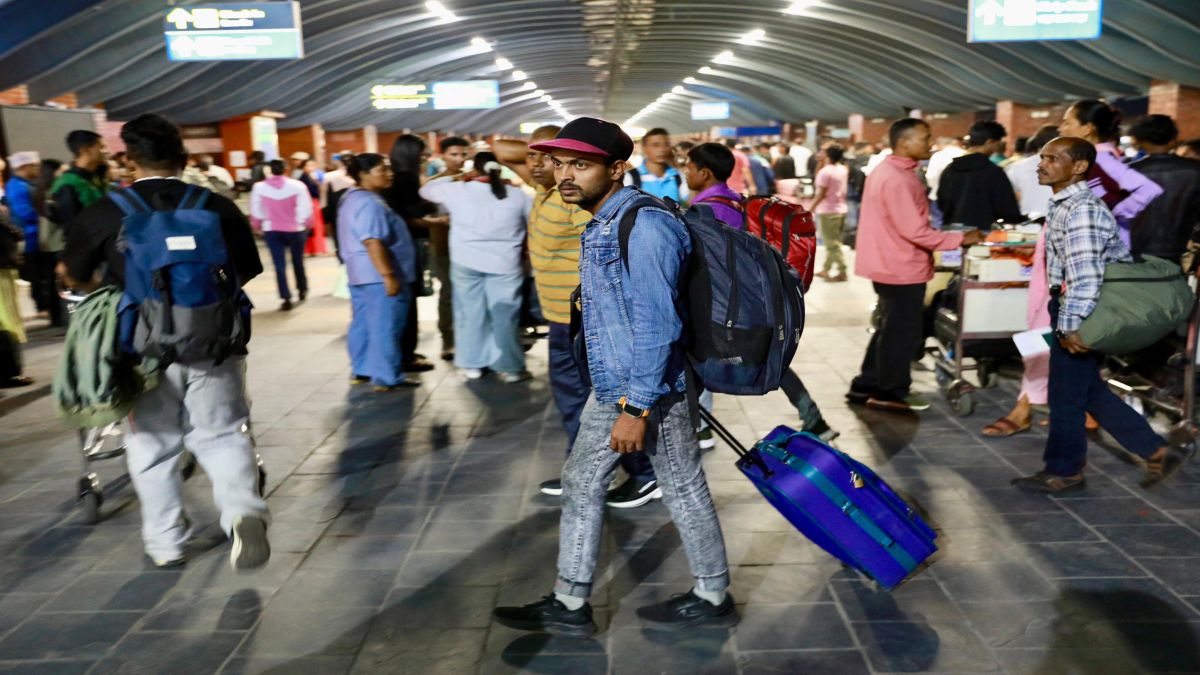A little endangered marsupial is found to be mating themselves to death, literally! According to a new study published on Wednesday, the male northern quolls, a carnivorous mammal that can be the size of a small domestic cat, were found to sacrifice sleep in favour of its desperate search for a female mate. Northern quolls are the largest mammals known to display semelparity – a breeding strategy in which an animal dies after reproducing for the first time, according to research published in the Royal Society Open Science. Australian scientists have learned that male quolls are so-called suicidal reproducers that die after a single mating season, while native female quolls continue to live and breed for at least four mating seasons, reported NBC News. But northern quolls are shagging themselves to death? Let us take a look. How semelparous quolls are dying? Tracking the activity of the northern quolls , Australian researchers have found that a lack of rest during the breeding season could be the reason for the mass yearly die-off of males. The two Australian teams – at the University of the Sunshine Coast and the University of Queensland – tracked the carnivorous marsupials during seven weeks of the breeding season on Groote Eylandt, off the Northern Territory coast, using accelerometers contained in miniature felt backpacks, according to NBC News. The data was retrieved from seven male and six female quolls. During their investigation, they learned that males slept just approximately eight per cent of the time, while females slept three times more, i.e., 24 per cent of the time, as per The Guardian. It said that the males spent more time on the move, with two male quolls – named Moimoi and Cavless – travelling 10.4 kilometres and 9.4 kilometres respectively in one night. The researchers estimated that this is equivalent to a human walking over 35 to 40 kilometres. Thus, causing early deaths in males in comparison to females. Also read: More bad news for flora, loss of animal biodiversity spells doom for some plants What happens due to lack of sleep? According to BBC, Joshua Gaschk, who led the study, said in a statement that “sleep deprivation and associated symptoms for a prolonged duration would make recuperation impossible and could explain the causes of death recorded in the males after breeding season.” “They become easy prey, are unable to avoid vehicle collisions, or simply die from exhaustion,” Gaschk said. According to The Guardian, Dr Christofer Clemente, the co-author and a senior lecturer in animal ecophysiology at USC said, “The males are investing all this energy into … looking for the females because that’s how they maximise their reproductive output. But they’re just not resting in between.”
Clemente explained, “By the end of the breeding season, these quolls just look terrible. They start to lose their fur, they start to not be able to groom themselves efficiently, they lose weight and … they’re constantly fighting with each other as well.”
According to the Australian Wildlife Conservancy, there are over 100,000 northern quolls remaining, however, the species has been witnessing “rapid decline.” Loss of habitat owing to construction and assaults by stray cats also pose a severe threat, and they are especially vulnerable to cane toad poisoning. Which other animals perform semelparity? Several other organisms, like fish and insects, devote all of their energy to a single reproductive season. The quoll, on the other hand, is the largest mammal known to do so. In an email interview with NBC, Jack Ashby, assistant director of the University Museum of Zoology in England’s Cambridge, and an expert on Australian mammals who was not associated with the study, said that “all animals incur a cost on their own bodies and long-term survival in order to produce their offspring. Normally, these costs are distributed evenly over the parents’ lives.” He continued, “Male suicidal reproducers — which, among mammals is a strategy that has evolved more than once in marsupials, but in no other groups — have taken this compromise to the extreme, sacrificing literally everything for one breeding event.” “‘Live fast, die young’ is certainly the way of things for these species. However, that maxim typically ends, ’ … and leave a good-looking corpse.’ This is definitely not what happens here,” he added. With inputs from agencies Read all the Latest News , Trending News , Cricket News , Bollywood News , India News and Entertainment News here. Follow us on Facebook, Twitter and Instagram.


)

)
)
)
)
)
)
)
)



